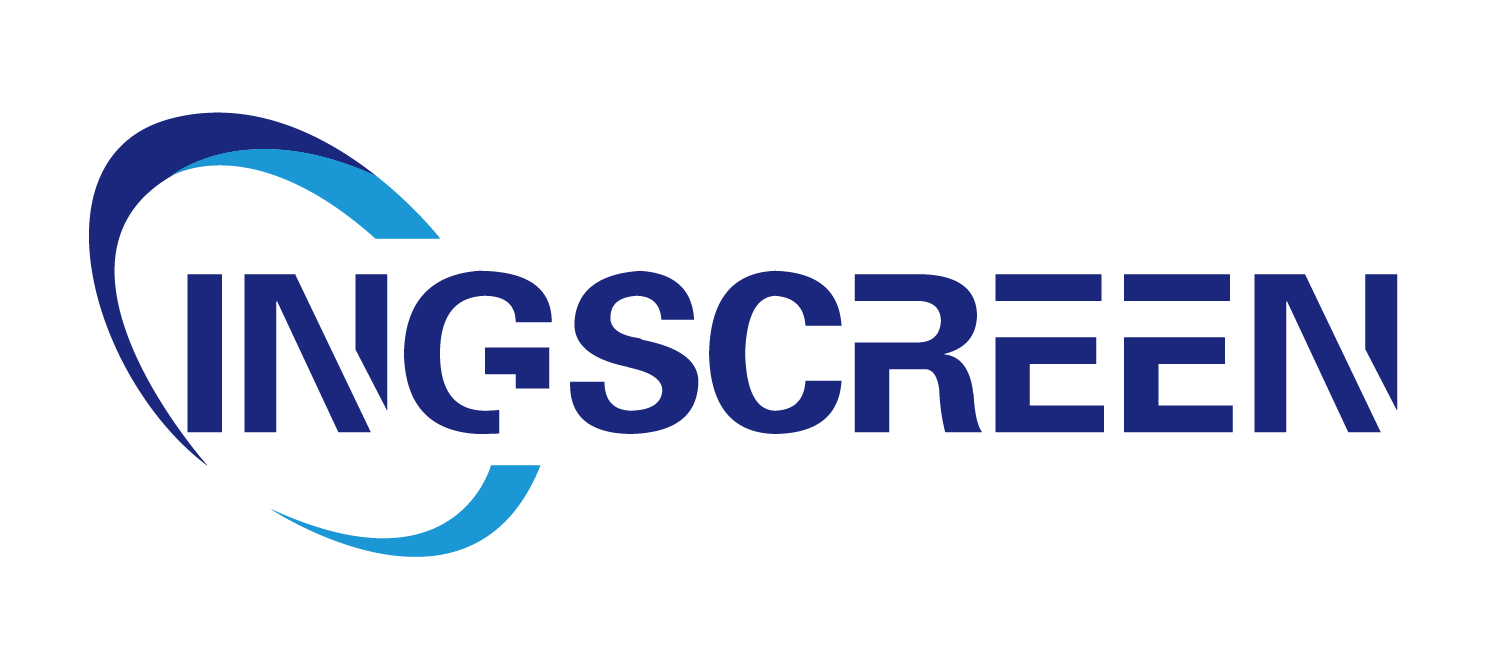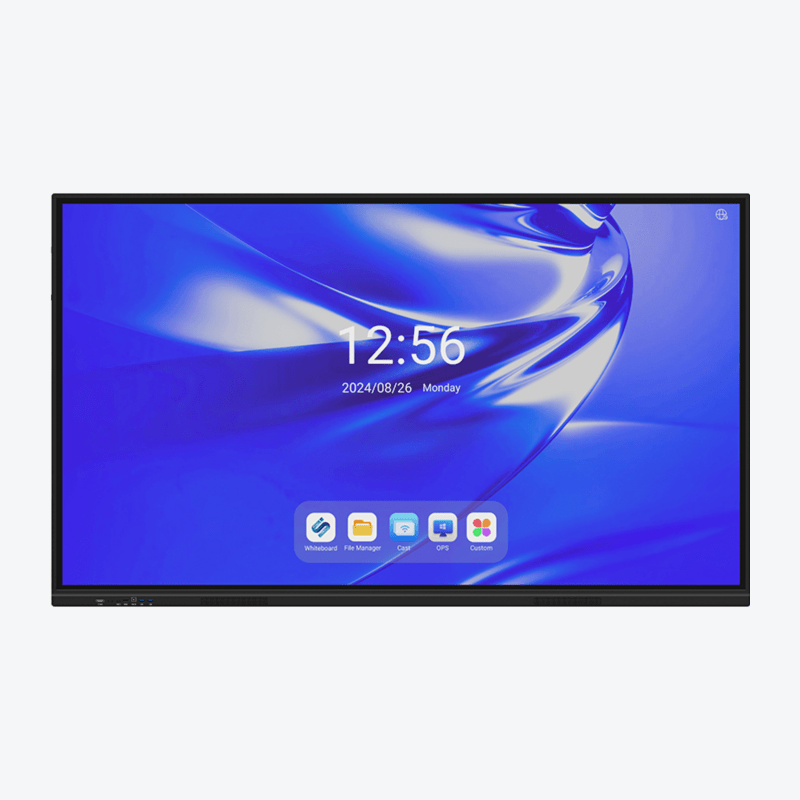Introduction
Interactive Flat Panels (IFPs) are revolutionizing modern technology by providing dynamic and engaging displays in a digital world. These panels serve as versatile tools for communication and collaboration, rapidly gaining traction across sectors, from education to corporate environments, due to their user-friendly interfaces and enhanced interactive capabilities.
What Are Interactive Flat Panels?
Interactive Flat Panels (IFPs) are advanced display technologies designed to facilitate user interaction through touch or pen input. These screens allow users to engage directly with the visual content, providing a seamless integration of touch technology for a more engaging experience. Unlike traditional displays, interactive flat panels are equipped with multi-touch capabilities and are compatible with a wide range of software applications, making them versatile tools in modern digital environments.
A distinguishing characteristic of interactive flat panels is their ability to support multiple touchpoints simultaneously. This feature enhances collaborative activities, allowing several users to interact with the panel at the same time, whether in an educational or business setting. Moreover, their compatibility with various software applications extends their functionality beyond a simple display, enabling tasks such as note-taking, document editing, and interactive presentations.
The evolution from traditional projectors to interactive flat panels represents significant technological advancements over the past decade. Traditional projectors, once a staple in both classrooms and boardrooms, have gradually been replaced by these state-of-the-art panels. The transition has been driven by the desire for superior resolution, reduced dependency on external devices, and increased reliability. As technology continues to advance, interactive flat panels are increasingly becoming the preferred choice for delivering dynamic and interactive experiences across various industries.
Advantages of Interactive Flat Panels
Interactive flat panels offer enhanced engagement by creating an interactive learning and presentation environment, significantly boosting attention and retention rates among audiences. This interactive capability sets them apart from traditional displays, enabling users to interact with content through touch or pen inputs, thereby fostering a more engaging and participatory atmosphere. For instance, interactive flat panels have been shown to increase student participation during lessons and meetings, leading to better learning outcomes and more effective communication.
Moreover, the real-time collaboration capabilities of interactive flat panels are a game changer in both educational and corporate settings. They allow multiple users to work together simultaneously on projects, plans, or discussions. This multi-user engagement is facilitated by the panels' ability to connect with various software tools, promoting effective teamwork. In a study conducted by the Journal of Educational Technology, it was found that classrooms using these panels experienced a marked improvement in collaborative learning, enabling students to work more cohesively on group tasks.
Interactive flat panels are transforming educational environments by making them more efficient and conducive to learning and training. For example, schools that have integrated these panels report a more dynamic educational experience, leading to higher student engagement and superior academic results. As reported by Futuresource Consulting, the widespread installation of interactive flat panels in K-12 schools worldwide is a testament to their effectiveness in enhancing learning outcomes. By providing students and educators with the tools needed to engage deeply with content, these panels facilitate a more immersive learning experience that traditional displays simply cannot offer.
Applications Across Industries
Interactive flat panels are revolutionizing various industries with their versatile applications, enhancing productivity and engagement. In the education sector, these panels are deployed in classrooms to foster interactive learning experiences. By facilitating real-time collaboration and engagement, students can actively participate in lessons, improving comprehension and retention. This transformation in teaching methods has proven effective, with studies indicating increased student outcomes and engagement when using these technologies.
Similarly, in the corporate world, interactive flat panels are pivotal in transforming the dynamics of training and meetings. Businesses utilize these panels for dynamic presentations and team collaborations, encouraging interactive dialogue and idea sharing. The ability to display and manipulate content seamlessly in real-time enhances participants' understanding and keeps teams engaged, ultimately leading to more efficient decision-making and training processes.
Furthermore, the retail environment is witnessing significant benefits through the adoption of interactive panels. Retailers use these innovative displays to create engaging customer experiences by showcasing products interactively. Customers can explore features, customize options, and interact with visual content, leading to a more personalized shopping experience. This not only attracts more customers but also aids in improving sales conversions, underscoring the panel's effectiveness in the retail context. By offering a dynamic, interactive platform, these panels help bridge the gap between consumers and products, revolutionizing traditional retail approaches.
Key Features Driving Adoption
The adoption of interactive flat panels is significantly driven by their user-friendly interfaces. These panels are designed with intuitive features that cater to users of varying technological proficiency, making them accessible and easy to navigate. Whether it's a student or a professional, anyone can engage with the content displayed, thanks to intuitive touch interactions and simplified menus.
Another crucial feature is the seamless integration with other technologies. Interactive flat panels can easily connect with devices like projectors, computers, and smartphones, enhancing their functionality. This connectivity allows users to expand the panel's capabilities, such as by sharing screens or importing data from other devices, thus ensuring a comprehensive and interactive experience.
A high-definition visual display stands out as a major selling point for interactive flat panels. The exceptional clarity and vibrant colors make them ideal for presentations and media consumption. Users can benefit from the sharp display quality during presentations, enabling them to showcase detailed visuals and videos effectively. This feature is especially relevant in educational and corporate environments where precise image quality enhances communication.
Challenges and Solutions
One of the primary challenges with adopting interactive flat panels is the initial cost and budget constraints. These panels can be quite expensive, with prices often reaching several thousand dollars depending on the features and sizes. For educational institutions or small businesses with limited budgets, this can be prohibitive. However, solutions such as leasing options or financing plans are available, allowing organizations to spread the cost over time rather than making a substantial upfront investment. This approach can enable wider accessibility and adoption of this innovative technology.
Another challenge is the need for effective training and implementation. Users may require training to fully operate the interactive features, particularly those unfamiliar with the technology. Fortunately, many manufacturers offer resources such as tutorials, webinars, and customer support to facilitate this process. Investing in proper training ensures that users can effectively leverage the technology, maximizing the return on investment and enhancing the overall utility of the interactive panels.
Maintenance and technical support pose additional challenges for users of interactive flat panels. Common issues include software glitches and hardware malfunctions, which can disrupt usage and productivity. Manufacturers and vendors typically provide robust maintenance support and warranties to address these problems. Regular software updates and dedicated technical support teams can help mitigate many issues that may arise, ensuring the interactive panels remain functional and reliable for users over the long term.
Future Trends in Interactive Flat Panels
The integration of artificial intelligence (AI) into interactive flat panels is revolutionizing the learning experience by offering smarter and more personalized interactions. AI capabilities such as language translation, gesture recognition, and object tracking are enhancing the functionality of these displays, making them more user-friendly and interactive. These advancements enable more effective data collection and analytics, providing educators and businesses with valuable insights into user engagement and learning patterns.
Advancements in touchless technology are particularly significant as hygiene becomes a primary concern in public and educational settings. This trend toward touchless interfaces, leveraging advanced gesture recognition technology, minimizes physical contact, reducing the risk of contamination. As a result, touchless interactive flat panels are expected to become essential in hygiene-sensitive environments like classrooms and offices, where maintaining a clean and safe space is critical.
Market growth predictions highlight the rapid adoption of interactive flat panels in both educational and business sectors. According to industry reports, the market for these innovative displays is set to grow substantially over the coming years, driven by a rising demand for more interactive and flexible solutions. Regions like Asia Pacific and Latin America are witnessing significant growth due to increasing disposable incomes and technological advancements, reflecting a broader global trend toward digital transformation in learning and collaboration environments.
FAQ
What are Interactive Flat Panels used for?
Interactive Flat Panels are used for facilitating user interaction through touch or pen input, making them ideal for communication and collaboration in educational and corporate environments.
How do Interactive Flat Panels enhance learning in schools?
By providing real-time collaboration and interactive learning experiences, these panels increase student engagement, comprehension, and retention, leading to superior academic results.
What challenges are associated with adopting Interactive Flat Panels?
Challenges include initial cost, the need for training, and maintenance. Solutions include leasing, tutorials, and robust technical support to mitigate these challenges.




